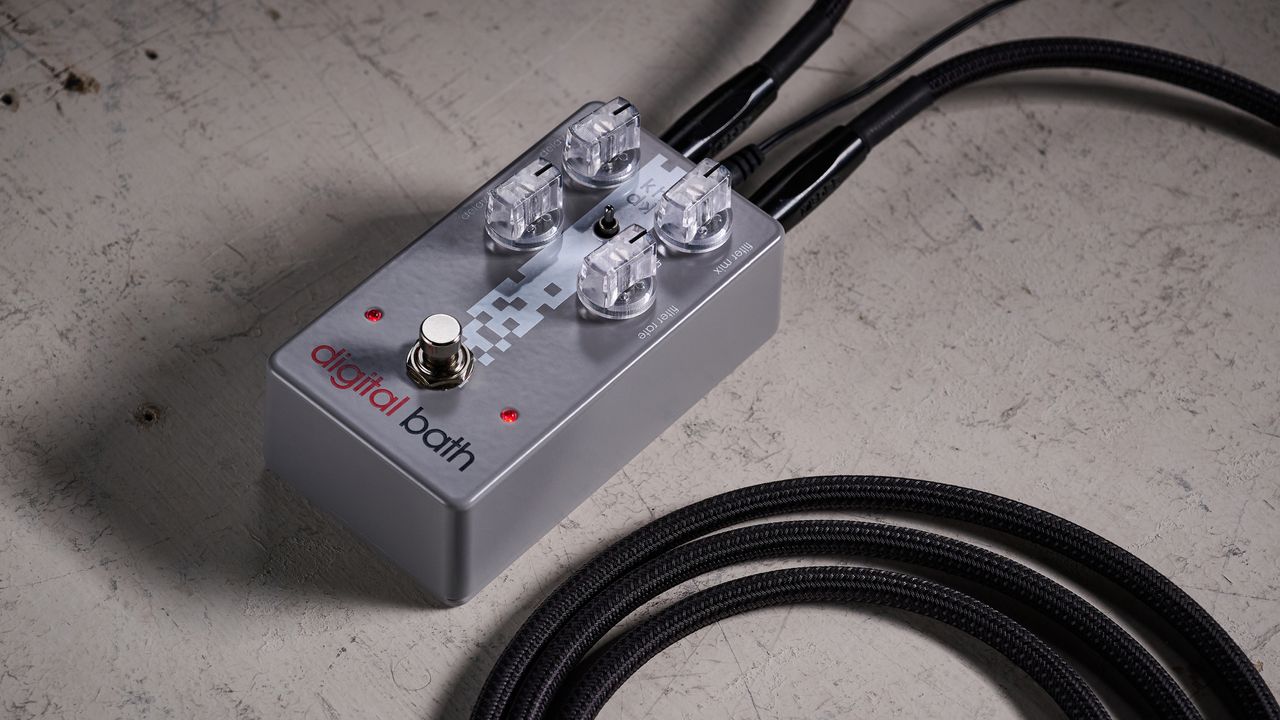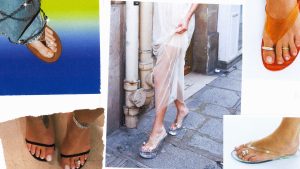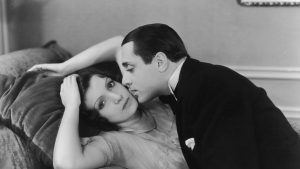
“An arresting, unsettling, sometimes unpredictable effect – and in that sense it nails the Deftones brief”: KHDK Digital Bath review
Guitar World Verdict
Right now, the Digital Bath will take an adventurous – and patient – guitarist to make the most of it. For those players willing to dive in, however, they will find an arresting, unsettling, sometimes unpredictable effect – and in that sense at least, it nails the Deftones brief.
Pros
+Unique step filter effect.
+Nice analog-style delay.
+Deftones hardcore will love it.
Cons
-Still a relatively niche effect.
-Internal controls are inconvenient to access.
-No ability to easily match filter rate to song tempos.
You can trust Guitar World
Our expert reviewers spend hours testing and comparing guitar products so you can choose the best for you. Find out more about how we test.
What is it?Deftones have been defined by the opposing guitar styles of Stephen Carpenter and Chino Moreno, ever since the frontman first picked up an SG for the band’s career-defining record, White Pony.
But while Carpenter has had signature ESP guitars for decades, Moreno has yet to put his name to any gear himself. Now, 25 years on from the band’s landmark release, pedal builder to the stars, KHDK, has sought to recreate its tones with the Digital Bath – but it might not be what you expect.
Certainly, when the name was announced, I can’t have been the only one who thought ‘chorus pedal’. But rather than the song’s bedrock rhythms, the Digital Bath is based off the glitchy modulation sweeps in its middle eight (an effect Reddit commentators have theorized originated from Korg’s cool-at-the-time Toneworks Pandora PX3 desktop multi-effects).
Essentially, the sound in question is a distinctive take on step filter modulation, which was all the rage in the early noughties, thanks to pedals like the Line 6 FM4, which featured a patch based on the Oberheim Voltage Controlled Filter.
This used sample and hold filters that would randomly cycle through and emphasize certain frequencies in a rhythmic fashion – unlike, say, a phaser, where the frequencies shift in one smooth sweep. It found fame in John Frusciante’s Throw Away Your Television solo on Red Hot Chili Peppers’ By the Way album, and the tail end of Tom Morello’s lead in Audioslave’s Show Me How to Live.
But the effect could also be used more subtly – and eerily – as evidenced on Digital Bath. Its namesake stompbox claims to be the first-ever pedal to capture that sound, and took nearly two years of development with Moreno himself. He even tested it during Deftones’ recent Coachella performance to make sure it nailed the brief.
(Image credit: Matt Lincoln / Future)There’s more than just the filter, however, as the pedal features another trademark of Moreno’s tone: an analog-style delay circuit, which can be combined with the modulation or used on its own.
Four controls adjust Filter Mix, Filter Rate, Delay Mix and Delay Time – ie, the amount of each effect blended into your signal, and the speed at which the filter circulates and the delay repeats. A three-position depth switch tweaks the frequency range adjusted by the filter.
Two additional controls are located internally: Delay Repeats (ie, feedback) and Filter Threshold (the amount of signal required to retrigger the filter cycle). There are also internal kill dry switches for both the delay and filter, allowing you to blend fully wet signals into looper and switching setups, or even the effects loop of other pedals.
Specs
(Image credit: KHDK Electronics)Launch price: $249/€259Type: Step filter and analog-style delay pedalControls: Delay Mix, Delay Time, Filter Mix, Filter Rate, Depth switch; Repeats, Threshold, Delay kill switch, Filter kill switch (all internal)Connections: Input, output, powerBypass: True bypassPower: 9V DC, center-negative 75mAContact: KHDK ElectronicsBuild quality
(Image credit: Matt Lincoln / Future)Build quality rating: ★★★★☆
Like other compact KHDK pedals, the Digital Bath is a neatly hand-assembled build, with a soft-touch true bypass footswitch, and top-mounted jacks – good for players who like to maximize pedalboard space.
The circuit board is neat as can be, with internal trim pot controls and slider switches that can be adjusted by hand. However, accessing these requires removing four screws from the base of the unit, which is an obstacle to experimentation.
Usability
(Image credit: Matt Lincoln / Future)Usability rating: ★★★☆☆
On the surface, it’s hard to go too far wrong: the namesake filter is easy to dial in via the Mix control, while the Rate adjusts the speed. However, given it’s a highly rhythmic effect, a tap tempo control would help to line it up to your track’s BPM.
I couldn’t help wishing the Repeats control was on the outside of the unit
The delay is as simple as can be, with up to 400ms of repeats adjusted via self-explanatory Mix and Time knobs, but I couldn’t help wishing the Repeats control was on the outside of the unit. There’s no option of buffered bypass to allow repeats to ring out when the unit is bypassed.
Finally, although you can use each effect individually, a second footswitch – or the option of a remote switch – would allow more on-the-fly versatility from the unit, rather than having to manually dial out the mix on each one.
SoundsSounds rating: ★★★½
The step filter isn’t exactly a staple effect in most guitarist’s arsenals, but with its warmer, bubblier tones, the Digital Bath is easier to incorporate into parts, and conjures an instant vibe. Naturally, it nails the song’s unsettling warbles, but the Depth switch adjusts the frequency range from high-end modem-esque glitches and rumblier underwater gurgles.
However the knobs are set, it’s still a pretty ‘look-at-me’ effect, so it’s worth exploring the faster filter times and lower mixes, which add a hint of broken Leslie weirdness to leads and rhythms, especially with a distortion pedal in front.
(Image credit: Matt Lincoln / Future)The delay, meanwhile, is a classic analog-style affair. With the Delay Time at three-quarters, it’s perfect for tackling Moreno’s chiming parts on atmospheric Deftones cuts like Sextape and Rosemary, with a warm bed of sound that sits nicely behind your playing.
And if you’ve gone to the trouble of removing those four screws to adjust the number of repeats, you can ramp it up and play with the Delay Time for some pleasing soundbeds. As a delay effect, it doesn’t do much to set itself apart from similar offerings, but it’s a nice-to-have.
Blend in both effects at once, and the rhythmic interplay between the filter sweeps and delay trails becomes deeply inspiring, albeit difficult to dial in accurately. If you could use tap tempo and subdivide each effect, or only apply the filter to the delay repeats… Hoo boy, we could be on to something.
Verdict
(Image credit: Matt Lincoln / Future)With its 2000-era aesthetic, Deftones die-hards questing to accurately cover every tonal base are going to lap up the Digital Bath (and, sure enough, at the time of writing, the unit is currently sold out). But as it stands, it’s likely to find more use as a studio tool than a pedalboard staple.
The filter section is an instant vibe, no question. But it’s a vibe best used sparingly (heck, Deftones only used it once in the song itself). And a decent analog-voiced delay isn’t exactly hard to find these days. More tempo-syncing features could amplify its usability in different contexts, for sure.
Guitar World verdict: Right now, it will take an adventurous – and patient – guitarist to make the most of it. For those players willing to dive in, however, they will find an arresting, unsettling, sometimes unpredictable effect – and in that sense at least, it nails the Deftones brief.
Swipe to scroll horizontally
Ratings scorecardTest
Results
Score
Build quality
Meticulously assembled, but internal controls are a drag.
★★★★☆
Usability
Easy to dial in a vibey tone – harder to match to a song.
★★★☆☆
Sounds
Come for the unique atmosphere, not the flexibility.
★★★½
Overall
For experimental players, this could be an inspirational texture, but it will appeal most of all to Deftones stans.
★★★½
Also try
Line 6 HX One
Price $299/£219
The Line 6 FM4 was discontinued long ago, but its effects live on in Line 6’s HX range. The compact HX One features two different sample and hold filter settings, plus a suite of delays (although it can only run one effect at a time).
Read more: Line 6 HX One review
EarthQuaker Devices Spatial Delivery V3
$199/£192
A dedicated filter pedal, the Spatial Delivery features a fully featured sample and hold mode, and adds a host of other filter settings, plus onboard presets and expression pedal capability.
Boss PH-3 Phase Shifter
Price $142/£149
It’s not technically a filter pedal, but the PH-3 has a Step Phaser mode that chops up its sweeps for an effect not dissimilar to the Digital Bath’s (albeit not as characterful).
Hands-on videosKHDK
Tim Guitar
The KHDK Digital Bath guitar pedal demo – YouTube
Watch On
KHDK Electronics No. 1, No. 2 and Ghoul Screamer pedals review
Editor-in-Chief, GuitarWorld.com
Mike is Editor-in-Chief of GuitarWorld.com, in addition to being an offset fiend and recovering pedal addict. He has a master’s degree in journalism from Cardiff University, and over a decade’s experience writing and editing for guitar publications including MusicRadar, Total Guitar and Guitarist, as well as 20 years of recording and live experience in original and function bands. During his career, he has interviewed the likes of John Frusciante, Chris Cornell, Tom Morello, Matt Bellamy, Kirk Hammett, Jerry Cantrell, Joe Satriani, Tom DeLonge, Ed O’Brien, Polyphia, Tosin Abasi, Yvette Young and many more. In his free time, you’ll find him making progressive instrumental rock under the nom de plume Maebe.
You must confirm your public display name before commenting
Please logout and then login again, you will then be prompted to enter your display name.











